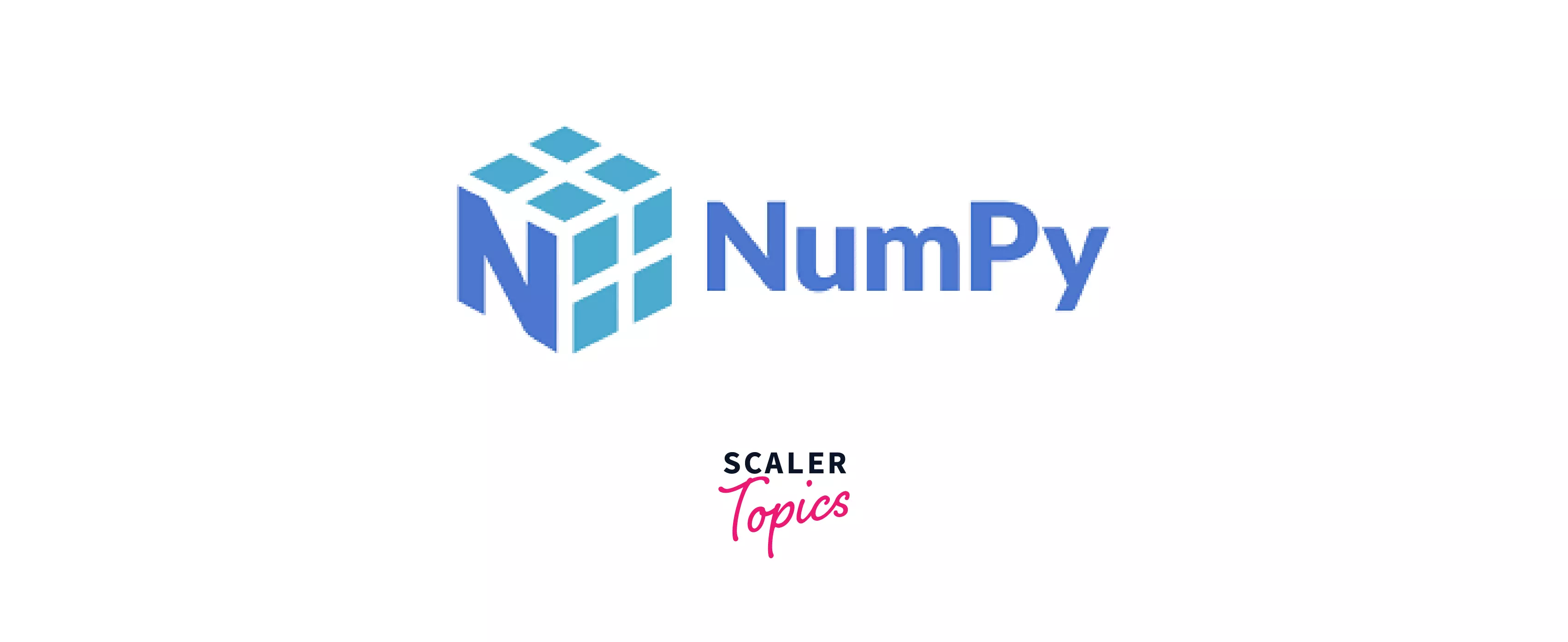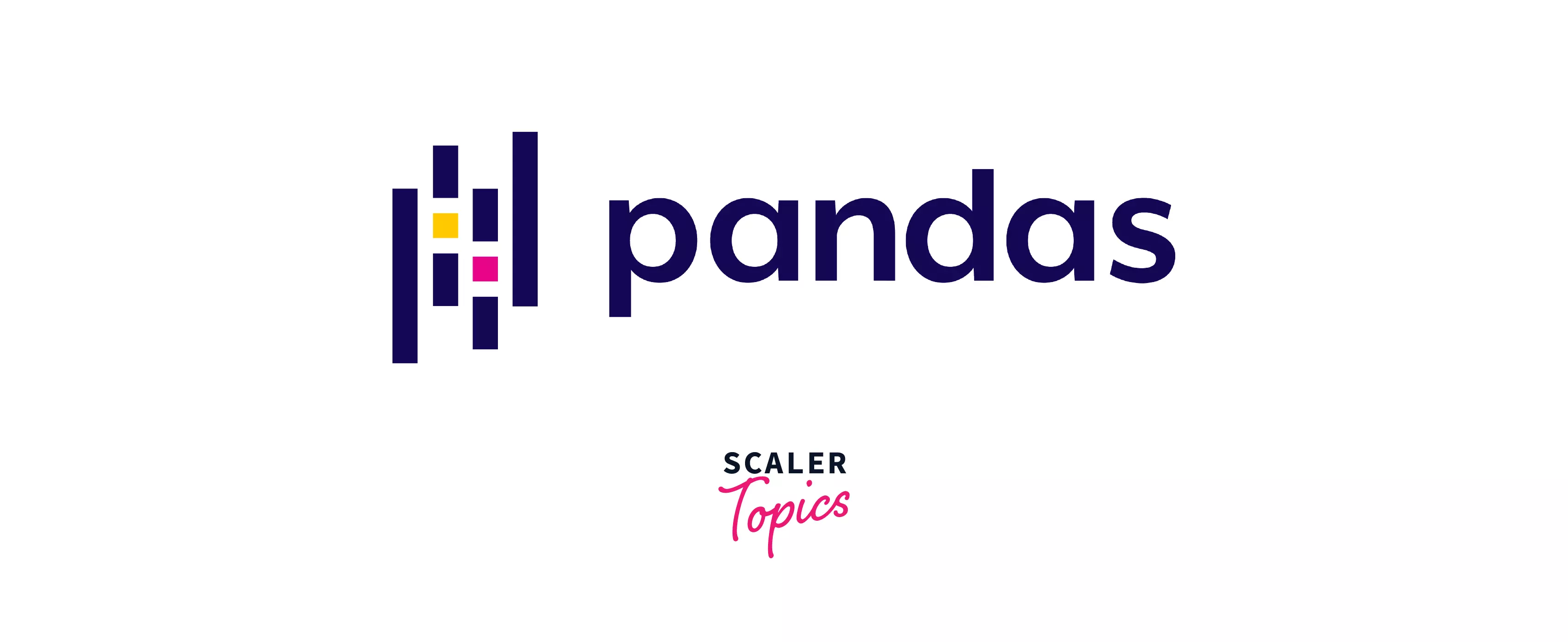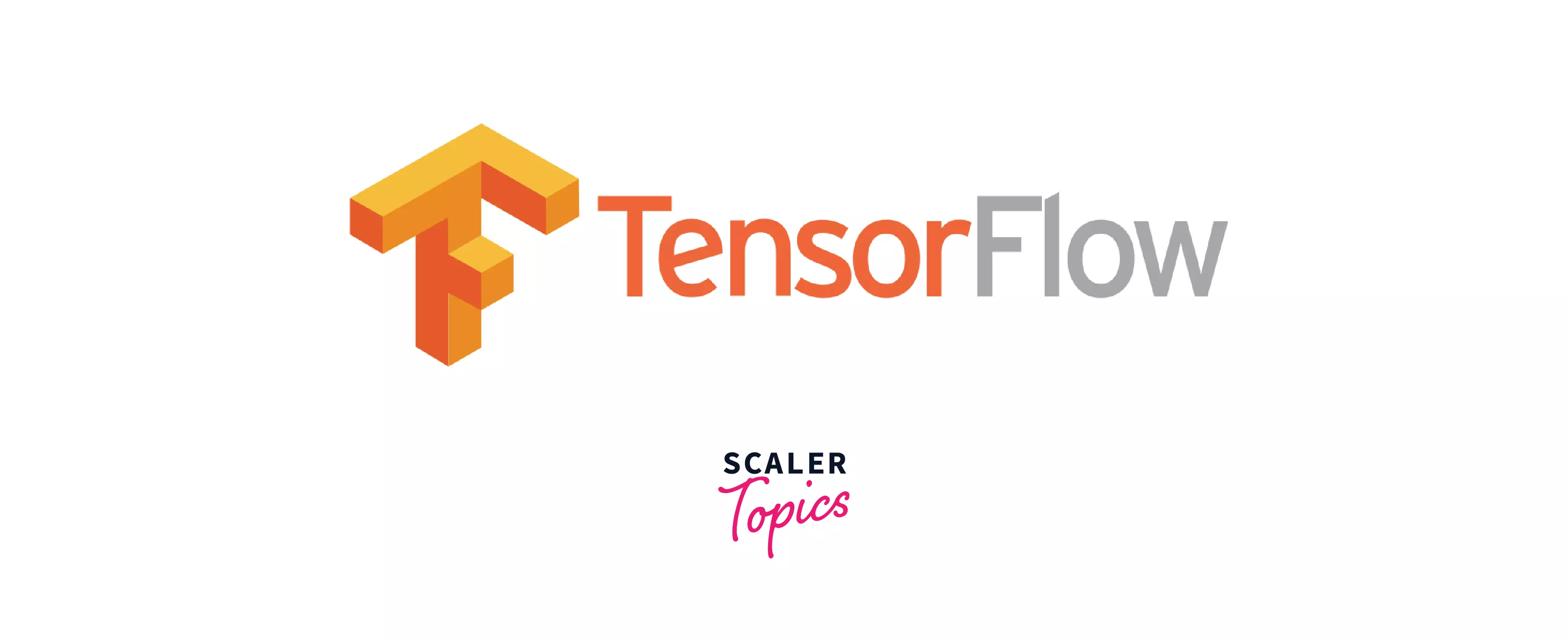Best Python Libraries for Data Science

Overview
Python is an easy-to-code, object-oriented, high-level language. We have different libraries for each type of task like Math, Data Mining, Data Exploration, Data Visualization, Statistical Analysis, Data Modeling, and easy readability.
Introduction
Many Python libraries contain functions, tools, and methods to manage and analyze data. Each of these libraries has a particular focus, with some libraries managing image and textual data, data mining, neural networks, data visualization, and so on. Python has rapidly become the go-to language in data science and is among the first things recruiters search for in a data scientist’s skill set.
Top Python Libraries for Data Science

1.NumPy
NumPy stands for Numerical Python and is one of the essential Python Libraries for scientific computing. It is used heavily for the applications of Machine Learning and Deep Learning. NumPy provides support for large multidimensional array objects, which are very useful in Machine learning algorithms. They are computationally complex and require multidimensional array operations. Some of the basic array operations that can be performed using NumPy include adding, slicing, multiplying, flattening, reshaping, stacking, and indexing the arrays.

2.Pandas
Pandas is a Python library widely used for data analysis and handling. Pandas provide various high-performance and easy-to-use data structures and operations with multiple tools for reading and writing data between in-memory data structures and file formats. Pandas can also take in data from different types of files such as CSV, excel etc., or SQL databases and create a Python object known as a data frame. A data frame contains rows and columns, which can be used for data manipulation with operations such as join, merge, groupby, concatenate etc.

3.SciPy
SciPy stands for Scientific Python and is one of the essential Python Libraries for scientific and technical computing on data. The SciPy library is built on the NumPy array object and is part of the NumPy stack. It allows for various scientific computing tasks that handle data optimization, data integration, data interpolation, and data modification using linear algebra, Fourier transforms, random number generation, special functions, etc.

4.Matplotlib
Matplotlib is a data visualization library and 2-D plotting library of Python. Matplotlib offers endless charts and customizations from histograms to scatterplots and lays down an array of colors, themes, palettes, and other options to customize and personalize our plots. Matplotlib is one of the most used python libraries for data science, whether you’re performing data exploration for a machine learning project or building a report. The Pyplot module also provides a MATLAB-like interface that is just as versatile and useful as MATLAB while being free and open.

5.Scikit Learn
Scikit-learn is a software library primarily used for making machine learning models in the Python programming language. While Scikit-learn is written mainly in Python, it has also used Cython to write some core algorithms to improve performance. We can implement various Supervised and Unsupervised Machine learning models on Scikit-learn, like Classification, Regression, Support Vector Machines, Random Forests, Nearest Neighbors, Naive Bayes, Decision Trees, and Clustering, etc. with Scikit-learn.

6.TensorFlow
TensorFlow is an end-to-end machine learning library that includes tools, libraries, and resources for the research in the Artificial Intelligence community in the industry to build ML & DL powered applications. We can easily build and train Machine Learning models with high-level APIs such as Keras using TensorFlow. It also provides multiple levels of abstraction to choose the option you need for your model. TensorFlow also allows us to deploy Machine Learning models anywhere, such as the cloud, browser, or your device.

7.Keras
Keras is a free, open-source deep neural-network library in Python. Keras was created to be user-friendly, extensible, and modular while supporting experimentation in deep neural networks. Keras, a deep learning API written in Python, runs on top of the machine learning platform TensorFlow. Keras provides multiple implementations of the building blocks for neural networks such as layers, optimizers, activation functions, etc. We can perform various actions using Keras, such as creating custom function layers, writing functions with repeating code blocks that are multiple layers deep, etc.

8.PyTorch
Pytorch is believed to be the best deep learning framework by the data science community. It has helped accelerate the research into deep learning models by making them computationally faster and less expensive. With maximum flexibility and speed, PyTorch is a Production Ready library that supports Distributed model training along with Robust Ecosystem and Cloud support.

9.BeautifulSoup
BeautifulSoup is a parsing library in Python that enables the user to perform web scraping from HTML and XML documents/pages. This python library can also be used for web crawling in which users can collect data available on the required website without the help of a API (Application Programming Interface), as the BeautifulSoup library can help them scrape it and arrange it into the required format.

10.Scrapy
Scrapy is a Python library used for large-scale web scraping. It gives us all the tools we need to efficiently extract data from websites, process them as required, and store them in the preferred structure and format. Scrapy is commonly used to extract the data from the web page with the help of selectors based on XPath. Another feature of this open-source library is that it is used to gather data from APIs that follow a Don't Repeat Yourself principle in its interface design.
Conclusion
- In this article, we discussed python libraries for data science that can be used to perform tasks like Data Mining, Data Visualization, Statistical Analysis, Data Modeling
- Python is an interpreted, dynamically typed, portable, and object-oriented programming language with applications in Computer Vision, Data Science, Machine Learning, robotics, etc.
- Many other Python libraries for Data Science contain functions, tools, and methods to manage and analyze data.
- BeautifulSoup and Scrapy are parsing libraries in Python that enables the user to perform web scraping from HTML and XML documents/pages.
